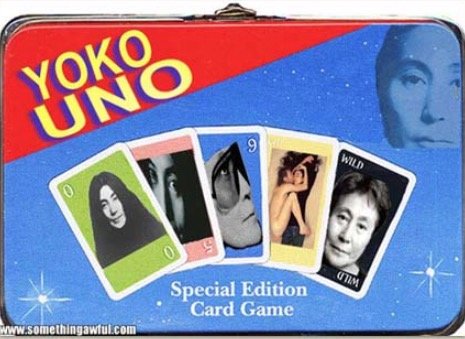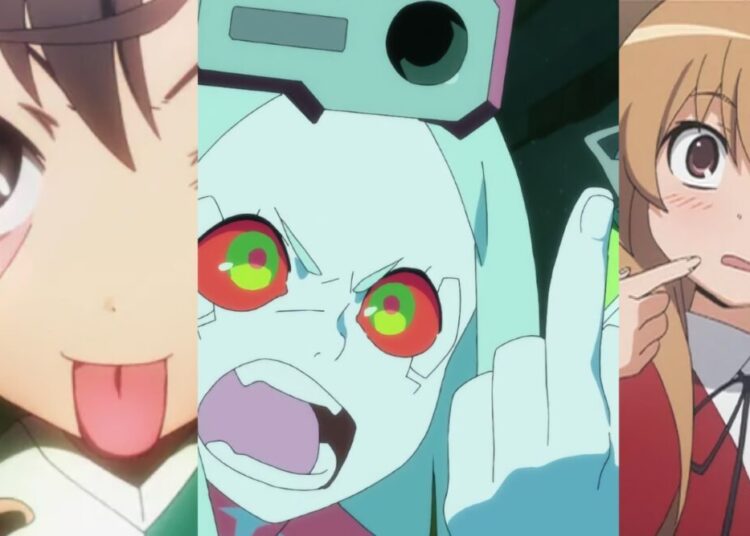One of the themes I write about a lot is how people in Japan are sensitive to how they’re viewed by the world at large. Japanese who improve the image of the country in the eyes of foreigners, such as animation director Hayao Miyazaki or groundbreaking soccer player Hidetoshi Nakata, attain a lasting halo among fans at home, while Japanese who harm the image of Japan, such as Yoko Ono or canibal-turned-food critic Issei Sagawa, become pariahs. There’s a TV show called Nippon All Stars that basically introduces Japanese who have done or are doing amazing things on the world stage, for example Ichiro Ogimura, the hard-working professional ping-pong player that helped redefine the image of the Japanese in the eyes of the U.S. and Europe in the postwar years, or Takeshi Imai, an engineer who’s worked to develop techniques for cloud-seeding to increase rainfall in parched areas of Brazil. The other day I saw a segment about Ikuyoshi Nemoto, the chemist who invented a long-lasting glow-in-the-dark paint that emits light for up to eight hours after the power goes off. In addition to probably being responsible for the glowing hands on your watch, his company’s products have been widely adopted for use in buildings in the aftermath of 9-11.
Yoko Ono is so disliked in Japan, they write her name in Katakana.
















